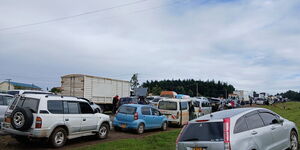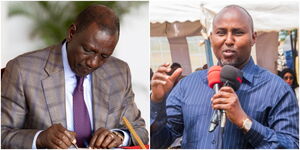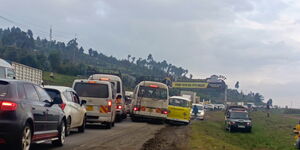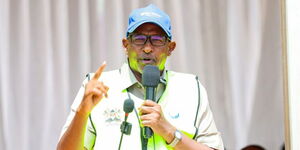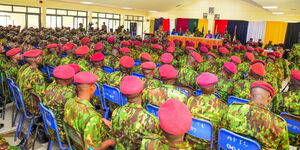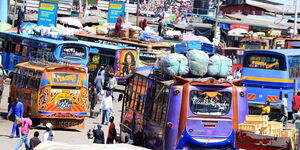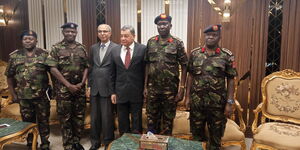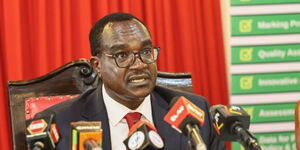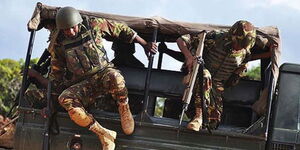A new United Nations report claim that police officers along the Kenya-Somalia border take bribes to allow Al-Shabaab militia into the country.
The report discovered that the officers routinely took bribes of as low as Kshs 2,000 to allow suicide bombers into the country to kill and maim.
The report, The Somalia Report 2018, released on Tuesday, further explained a botched attack in February 2018, in which the terrorists crossed the border three times.
In the attack intended to be the biggest since Garissa University college, a vehicle full of bombs was seized with two militia on board, Hasan Adan and Mohammed Nanne.
It was revealed that the vehicle had made numerous trips to and from Somalia in preparation for the attack and the officers just let it in.
During the interrogation of the two suspects, they never revealed ever experiencing resistance from police at the border, including a time they drove to El Adde to load the vehicle with bombs.
“Where encounters are mentioned, they are in the context of either paying or witnessing bribes to security forces on both sides of the border,” read the report.
Among the tools recovered from the arrest included five rifles, four of which had been imported by the Somalia Federal Government in 2013 as reported by Nation.
However, Police Spokesman Charles Owino dismissed the allegations terming them as a “wild allegation.”
Speaking to Kenyans.co.ke, Owino questioned the report’s claim that the police received bribes noting that they had actually foiled the planned attack.
“If we were receiving bribes, then how comes our officers are the ones who arrested the vehicle laden with bombs?” he posed, “Also, where were the other bombs lodged if the lorry crossed the border five times?”
The report also highlighted a major concern noting that several other militias of the well-financed group escaped arrest during arrest and are still at large.
“Several members of the plot escaped arrest, and the attacking team, which likely comprised of five individuals on the basis of the number of captured rifles, may still be at large in Kenya,” revealed UN.

